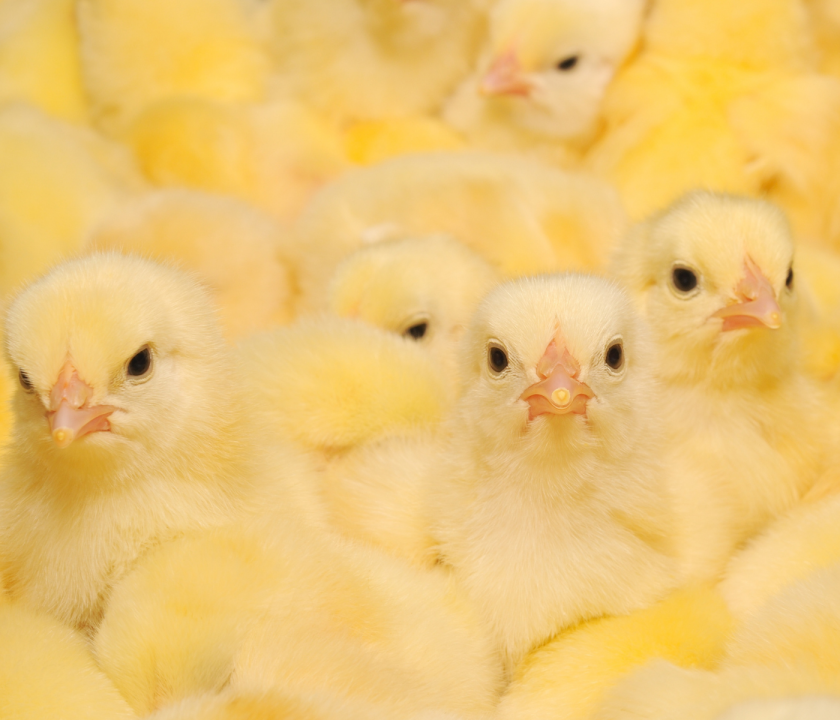Contenido disponible en: Português (Portuguese (Brazil)) العربية (Arabic)
Approximately one-third of the broiler’s life is spent in the hatchery. Therefore, it is crucial to know all the factors that can influence the embryo’s development to control them and minimize production losses.
According to Oviedo-Rondón 2013, the hatchery is where companies can have greater control over processes to ensure good productivity and economic results, as the variability on the farms is much more difficult to control, and this characteristic should be taken advantage of.
Several factors can influence the incubation yield and chick quality. These factors can be divided into:
- Factors that precede the time of incubation (pre-incubation)
- Factors inherent to the incubation process;
- Post-incubation factors.
Briefly, we will address these main factors below.
PRE-INCUBATION FACTORS
Pre-incubation factors are those related to:
- Management on the broiler breeder farm
- Transport of eggs to the hatchery
- Egg storage
Management on the broiler breeder farm
The production of quality eggs is essential for the proper development of the embryo.
According to Patrício (2013), a quality egg is free from microorganisms, with good shell quality, without cracks or deformities, and fertile.
The production of eggs that are fertile depends solely and exclusively on the farm.
Fertility is influenced by:
- Genetic line
- Nutrition
- Environment
- Light program
- Male:female ratio
- Sanitation
- Bird body weight
Regarding egg contamination, some management practices can be adopted on the farm and in the hatchery to reduce the microbial load.
The egg disinfection procedure up to two hours after laying must be carried out without fail, respecting all controls such as:
- The concentration of the disinfectant
- The total disinfection time
- Temperature
- Moisture
TO CONTINUE READING REGISTER IT IS COMPLETELY FREE Access to articles in PDF PDF
Keep up to date with our newsletters
Receive the magazine for free in digital version REGISTRATION ACCESS
YOUR ACCOUNT LOGIN Lost your password?

